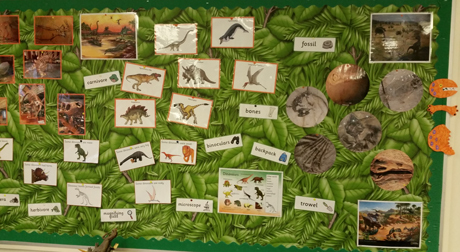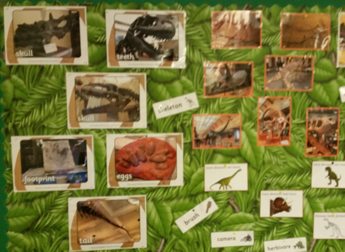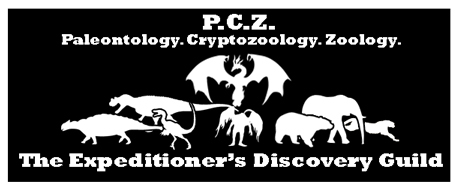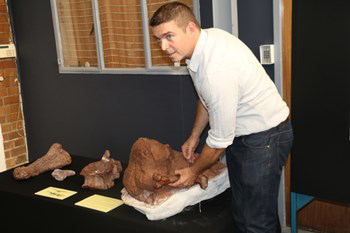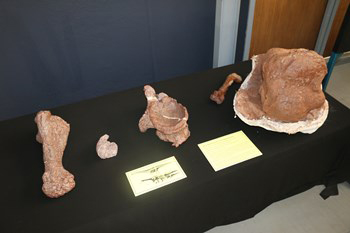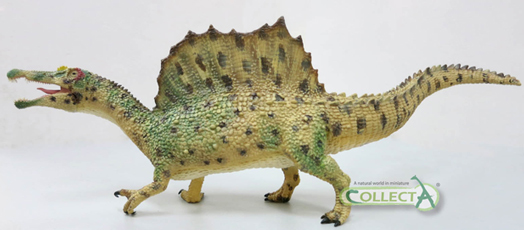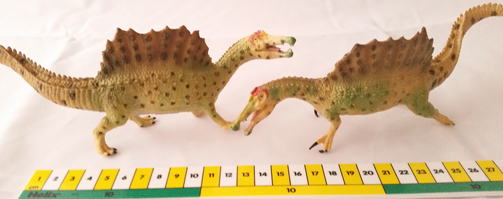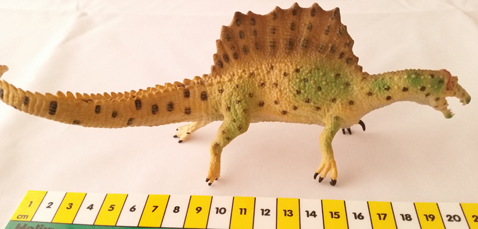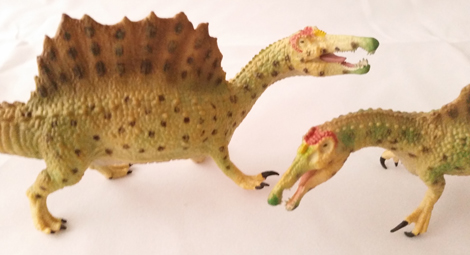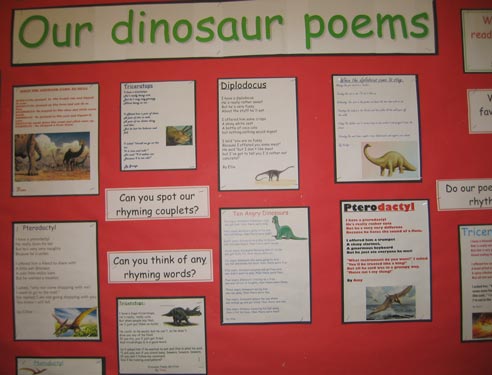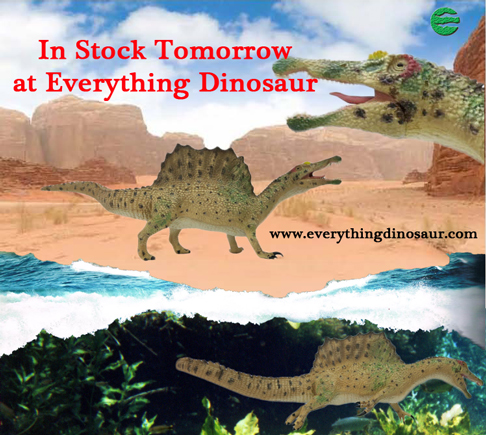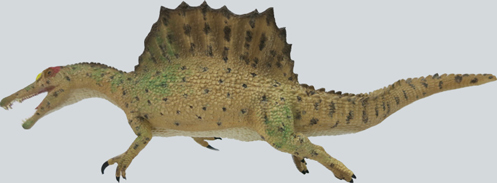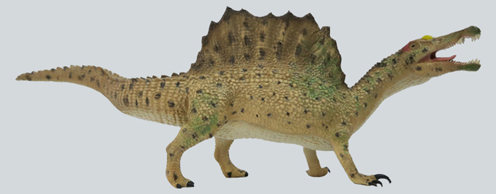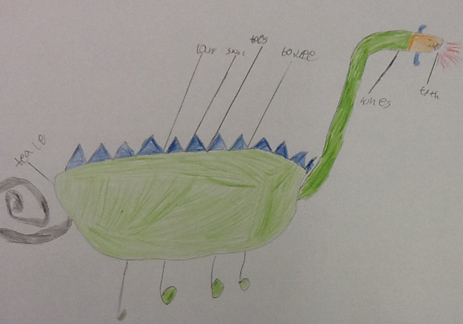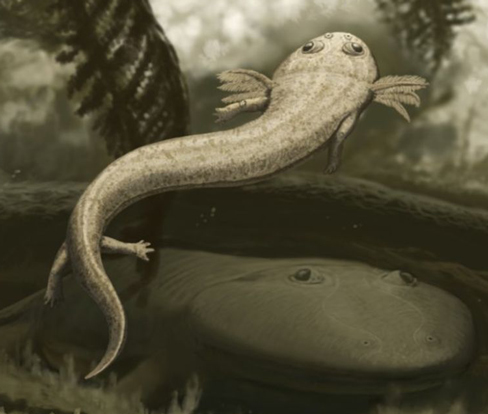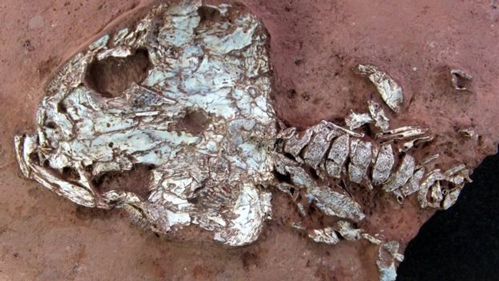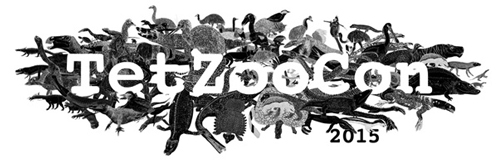CollectA Beishanlong, Lythronax and Struthiomimus New for 2016
You wait ages for an Ornithomimosauria clade model to come along and then, thanks to CollectA, two arrive! These models are part of the exciting 2016 introductions, along with a replica of the “King of Gore” Lythronax (L. argestes), a ferocious tyrannosaurid, fossils of which come from Utah. The CollectA Beishanlong, Lythronax and Struthiomimus models are coming into stock in 2016.
1:4o Scale Deluxe Beishanlong (B. grandis)
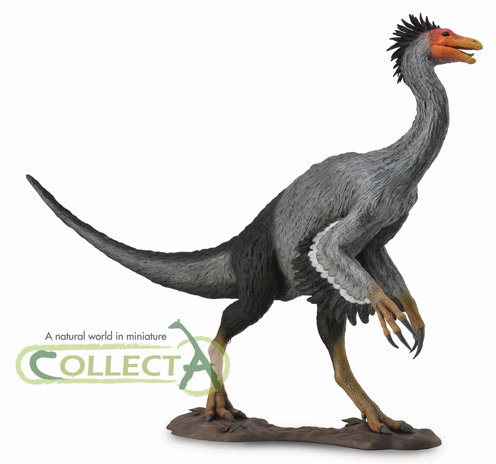
Available from Everything Dinosaur in 2016.
Picture credit: CollectA
New Dinosaur Models
Fossils of this giant, member of the “bird mimic” clade come from Gansu Province (China), it was a contemporary of the feathered tyrannosaur Xiongguanlong, (X. baimoensis), a replica of which was introduced by CollectA earlier this year. Beishanlong was one of the largest of the Ornithomimosauria known, although the best preserved specimen represents an immature animal, the fragmentary fossilised bones when compared to more complete specimens suggest that this dinosaur grew to a length in excess of eight metres. Skull material is absent from the fossil record, so CollectA have based their replica on more complete ornithomimids. It certainly is a most impressive figure.
Anthony Beeson, the designer behind the CollectA range of prehistoric animal models explained:
“Beishanlong, was an “ostrich mimic” and a Chinese dinosaur. It was amongst the largest of the ostrich mimics and is important as being an earlier relative of Deinocheirus. The CollectA model is based on a skeleton that I admired at Hong Kong’s Science Museum during my last visit.”
Beishanlong
Beishanlong is going to be one of the new additions to the Deluxe scale model range made by CollectA. It will be available from Everything Dinosaur in the spring of 2016, or thereabouts. As it stands an impressive 23 centimetres tall it is going to tower over the smaller CollectA Xiongguanlong replica. This is quite apt, as Beishanlong would have towered over Xiongguanlong when they shared the same Asian habitat some 120 million years ago.
To read an article published in 2009 but the discovery of Xiongguanlong and Beishanlong: Giant Ornithomimid and New Tyrannosaur from Gansu Province.
Lythronax – “The King of Gore”

Available from Everything Dinosaur around the middle of 2016.
Picture credit: CollectA
Lythronax
Approximately, the size of Beishanlong but much heavier and decidedly more dangerous, Lythronax was a top predator of the Middle Campanian faunal stage of the Late Cretaceous. The genus name translates as “the King of Gore”. With its wide but short snout and robust jaws, this dinosaur would have been very formidable. Many palaeontologists believe that this theropod was a direct ancestor of the mighty Tyrannosaurus rex. CollectA are beginning to assemble quite a collection of tyrannosaurs – Eotyrannus, Tarbosaurus, the feathered T. rex, Xiongguanlong and another close relative of Lythronax, Bistahieversor that roamed what was to become New Mexico around four million years or so after “the King of Gore” became extinct.
To read about the discovery of Lythronax: “The King of Gore” – New Tyrannosaur from Utah.
The Designer Comments
Anthony commented:
“The early tyrannosaur Lythronax from Utah was chosen really because of its importance in the evolutionary chain of that genus and also because I love the name! One can never have too much gore in play as most boys know. Like Tyrannosaurus , Lythronax had eyes pointing to the front giving it binocular vision and the ability to gauge depth.”
Some nice detail is shown in the photograph of the model, the shaggy, feathered coat, tufts of feathers on the top of the head and evidence of almost pennaceous feathers on the forelimbs.
The CollectA Lythronax replica measures around 18 centimetres long, the head height is a fraction over 8.5 centimetres. It will be available from Everything Dinosaur around the middle of 2016.
The last of the latest batch of dinosaur model pictures to be released by CollectA is another feathered dinosaur. Once upon a time, feathered dinosaur models were the exception, now thanks to the work of the likes of CollectA more and more feathered dinosaur replicas are being produced.
New for 2016 The CollectA Struthiomimus Model

New for 2016 a Struthiomimus dinosaur model.
Picture credit: CollectA
“Ostrich Mimic”
Named almost one hundred years ago (1917), this is the dinosaur that gave rise to the term “ostrich mimic”, as this is what the genus name Struthiomimus means. It is great to see a replica of this fast-running Late Cretaceous resident of North America. Once again, CollectA have to be applauded, as they have given their model, long pennaceous feathers on the forearm, this suggests that they have been keeping up to date with the latest ornithomimid studies, in particular some recently published papers on remarkably well-preserved Ornithomimus specimens.
There are not many models of the Ornithomimidae around, this is a very welcome addition.
Commenting on this, the second of the ornithomimids to be introduced next year, Anthony Beeson said:
“I have wanted to do a Struthiomimus model for a long time and also to produce more ornithomimids or ostrich mimics . In the 1950’s Struthiomimus was well known to dinosaur enthusiasts, but since Jurassic Park, Gallimimus has eclipsed it in popular culture. John Sibbick, the palaeoartist once bemoaned its passing to me. It has not previously featured greatly in the toy record. It was a very common ornithomimid dinosaur that was found in Late Cretaceous North America.”
The model is scheduled to come out at about the same time as the Lythronax replica (mid 2016), it measures 11 centimetres long, and that head stands some 6.5 centimetres off the ground.
CollectA Beishanlong, Lythronax and Struthiomimus.
So that’s the very latest information on new CollectA prehistoric animals for you, in summary, one tyrannosaur, two members of the Ornithomimosauria clade, three feathered theropods and top notch replicas they are too.
To view the current CollectA range of Deluxe models available at Everything Dinosaur: CollectA Deluxe Prehistoric World Models.
To view the remainder of the CollectA Prehistoric Life range: CollectA Prehistoric World Models.
Note
This article has been amended to ensure more accurate terms related to taxa and classification are used.
